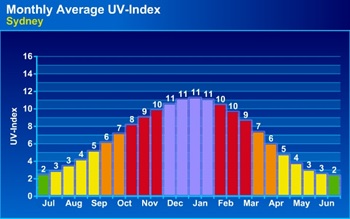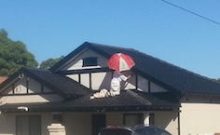Who’s at risk?
With summer around the corner the UV index increases from the October to March period. This is particularly important for outdoor worker and drivers. A person sitting in a car can still receive significant exposure to solar UV radiation as car side windows provide only moderate protection unless clear or tinted film is applied.
All skin types can be damaged by exposure to solar ultraviolet radiation (UVR). Damage is permanent and irreversible and increases with each exposure.

Who’s responsible?
Under work health and safety legislation, PCBU’s (or employers) should be considering steps to reduce this risk and protect employees from ongoing exposure to solar UVR that can lead to skin cancer.
In 2003, The Workers Compensation Commission issued a milestone decision by awarding damages to an employee of the Roads and Traffic Authority of NSW for continuous, excessive exposure to the sun while at work resulting in multiple skin cancers. The Commission determined that the worker’s employment substantially contributed to his injury, and awarded him weekly compensation at the maximum statutory rate, medical expenses and costs.
What can be done?
A comprehensive sun protection program should be implemented based on a thorough risk assessment and consultation with workers.
The Cancer Council Australia recommends that people who spend long periods of time in a car when UV levels are 3 and above use sun protection. This will ensure occupants are protected both in the vehicle and when they leave it.
SafeWork NSW and the Cancer Council NSW have put together a tool kit which can be downloaded from here.





